Search Results
Results for: 'Composting Ecology and Management'
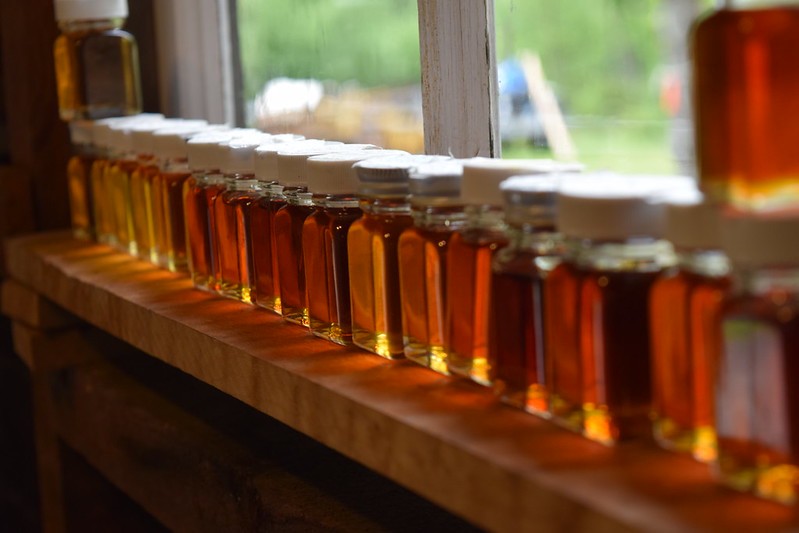
The USDA National Agricultural Statistics Service or NASS has released the crop totals for the 2020 maple season. People familiar with maple sugaring might remember that it takes approximately 40 gallons of sap to make one gallon of syrup. This ra...
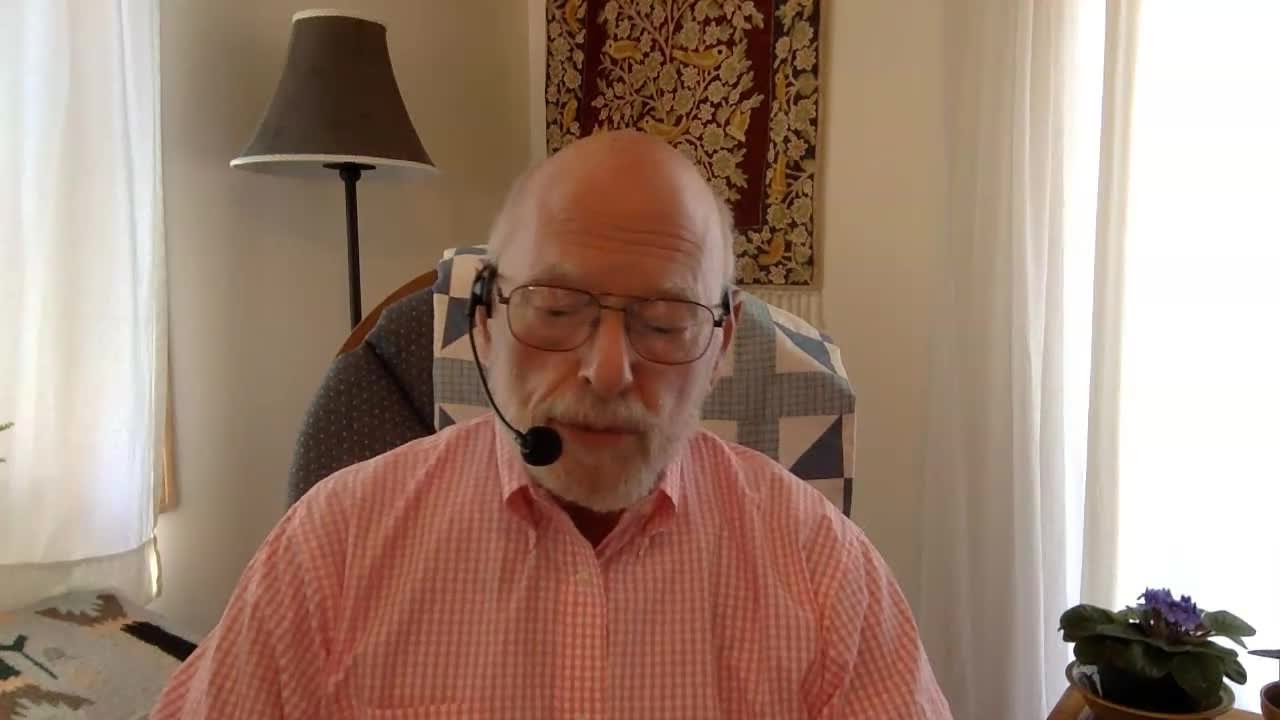
Bronfenbrenner Primer Commentary Introduction
Professor Lawrence Shelton introduces video commentaries to accompany The Bronfenbrenner Primer: A Guide to Develecology.
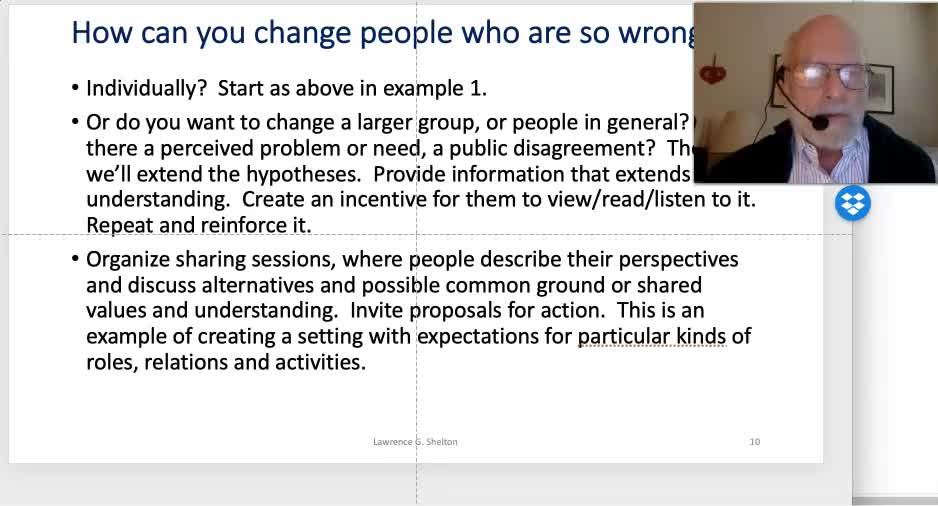
HDFS 161 Episode 11 Political Questions Chapter 1
Professor Shelton applies develecology to address questions about political disagreement.

Late summer, while leaves are still green is a good time to assess the trees in your sugarbush. Weak or declining individuals will show areas of crown dieback. Trees with more than 75% dieback will likely not survive but are still competing for li...
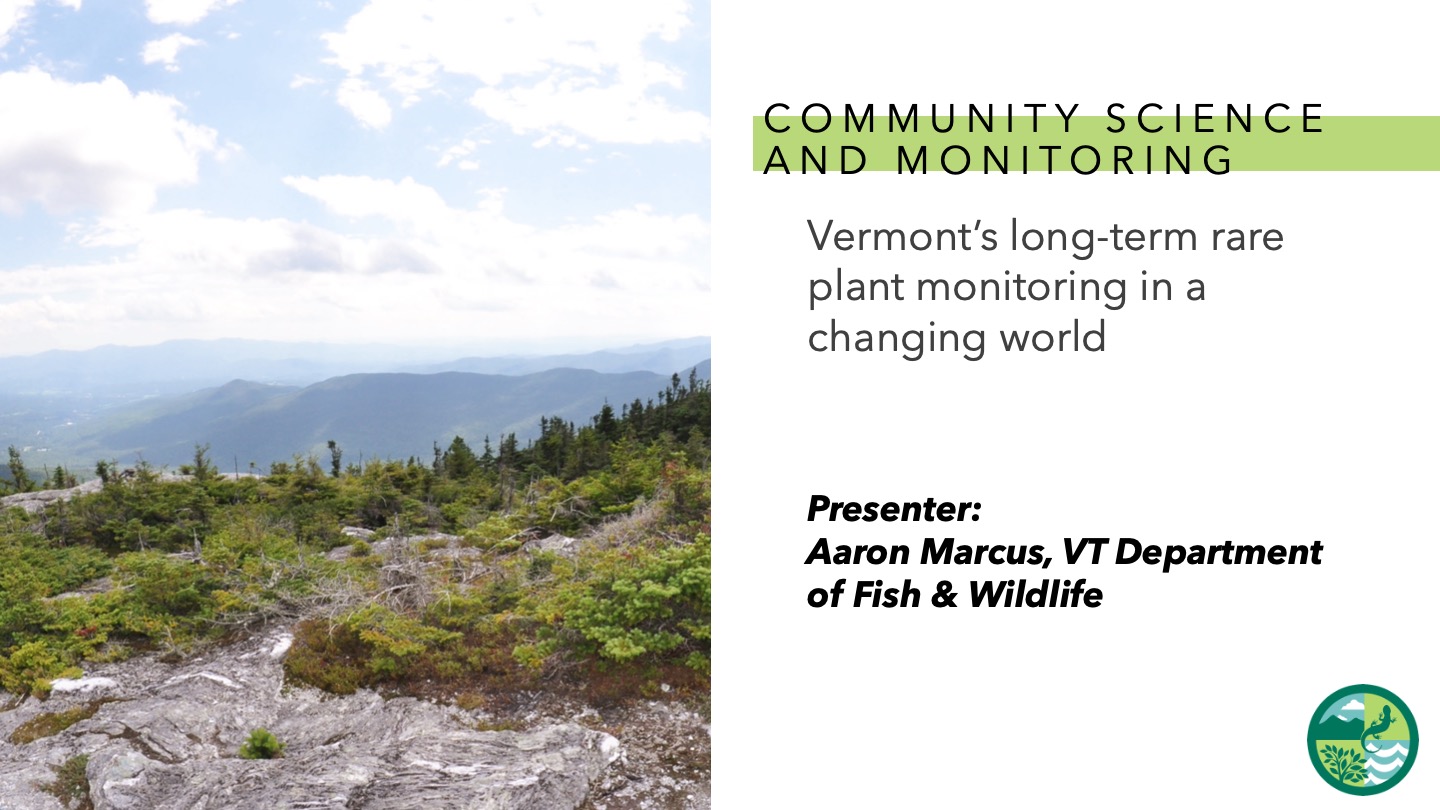
Vermont’s Long-term Rare Plant Monitoring in a Changing World
This was presented by Aaron Marcus as a part of a series of contributed talks from the 2022 FEMC Annual Conference. To learn more about the conference, visit: https://www.uvm.edu/femc/cooperative/conference/2022. Vermont Department of Fish & Wildl...

All green plants, which includes trees, need sunlight to produce energy for survival. Some trees can satisfy their basic needs with less light than others. Sugar and red maples are two examples of such trees. They are both considered shade-toleran...
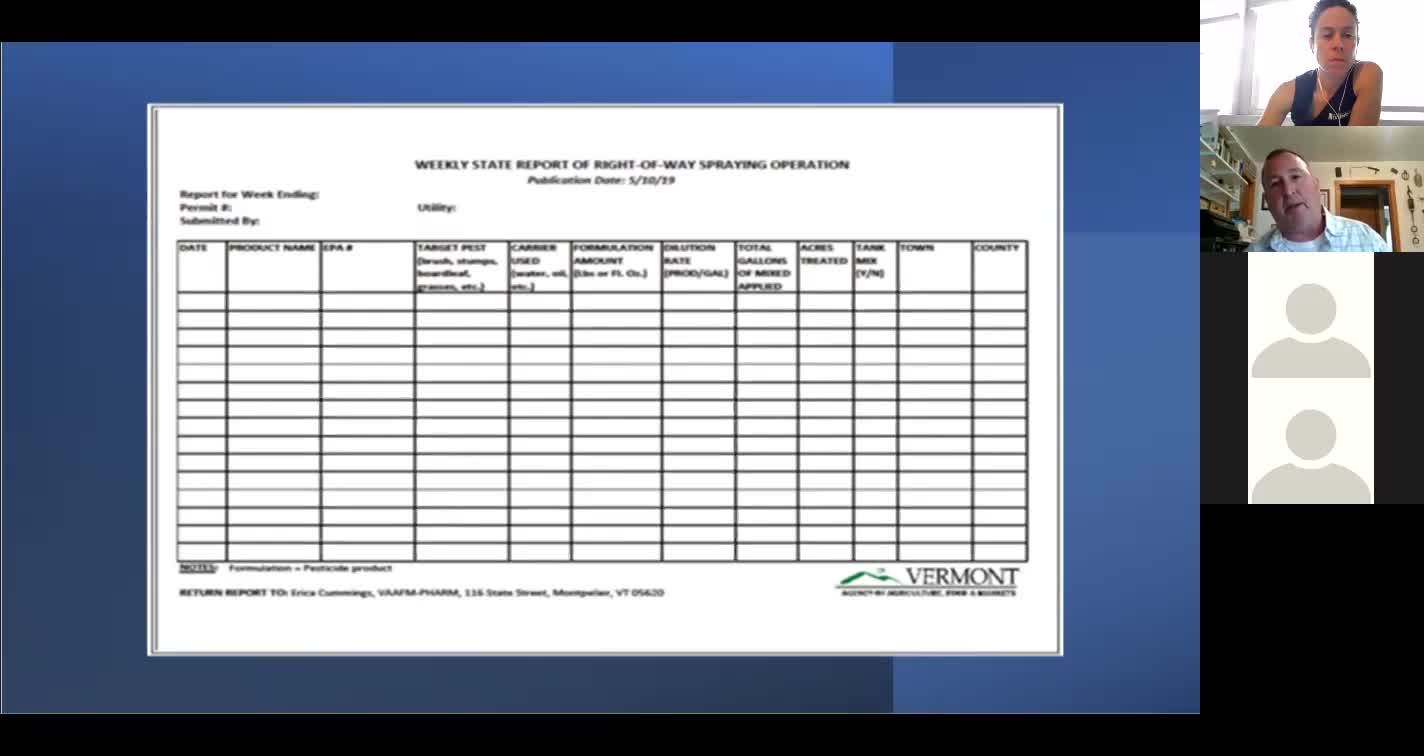
Doug Johnstone, Ag Resource Management Specialist IV for the Vermont Agency of Agriculture, explains the agency's role in herbicide use in VT. He covers regulatory– understanding how they track herbicide use, monitoring for ground and surface wat...

Access to a sugarbush is critical for installing and repairing sap collection equipment, tapping and managing crop trees and responding to the effects of natural disturbances. Quality access to the sugarbush relies and a road and trail system that...
